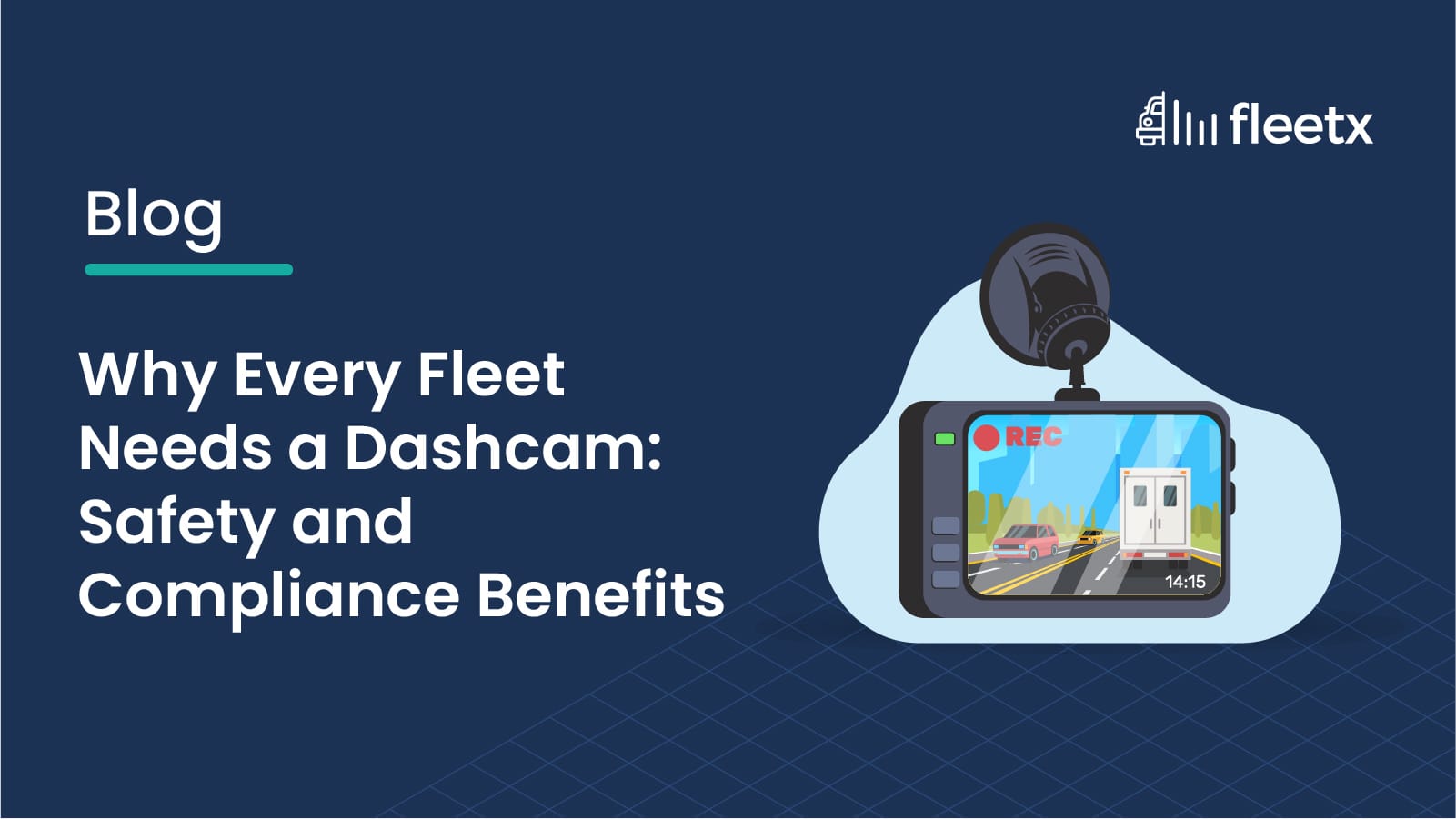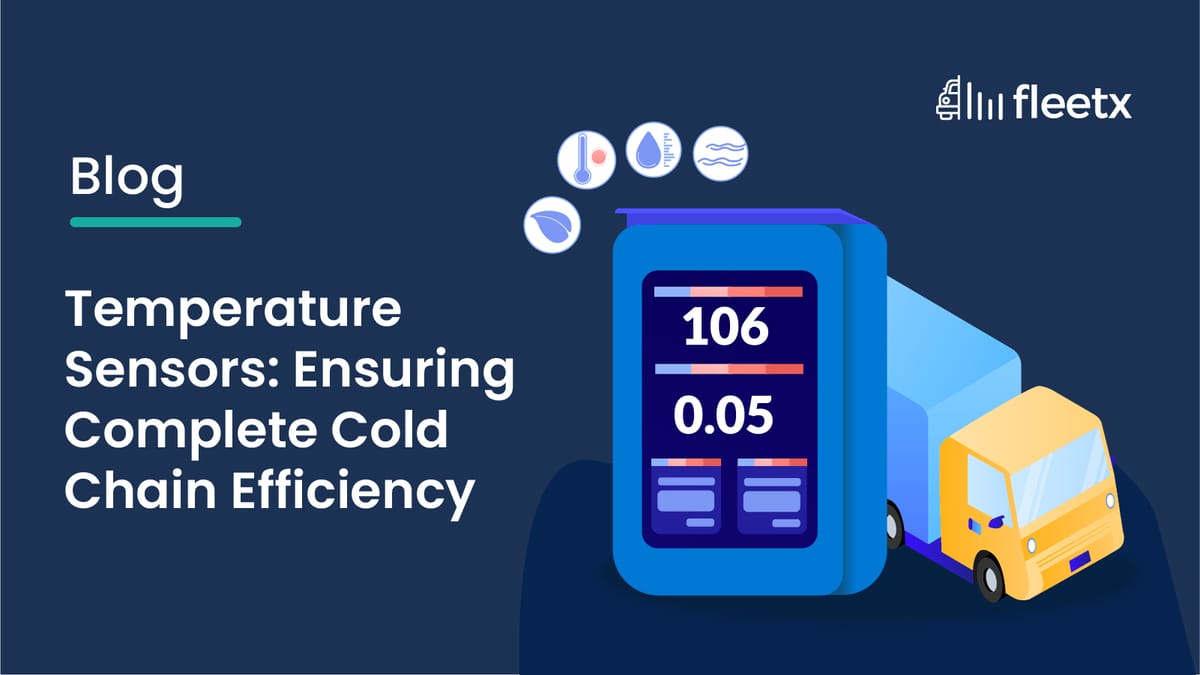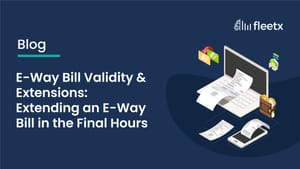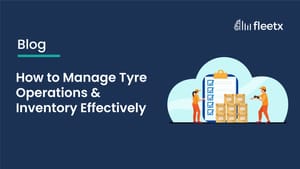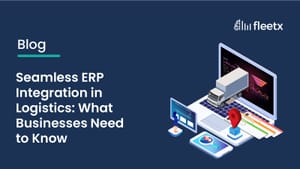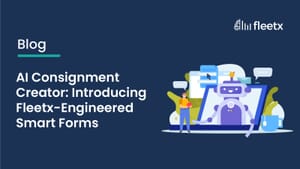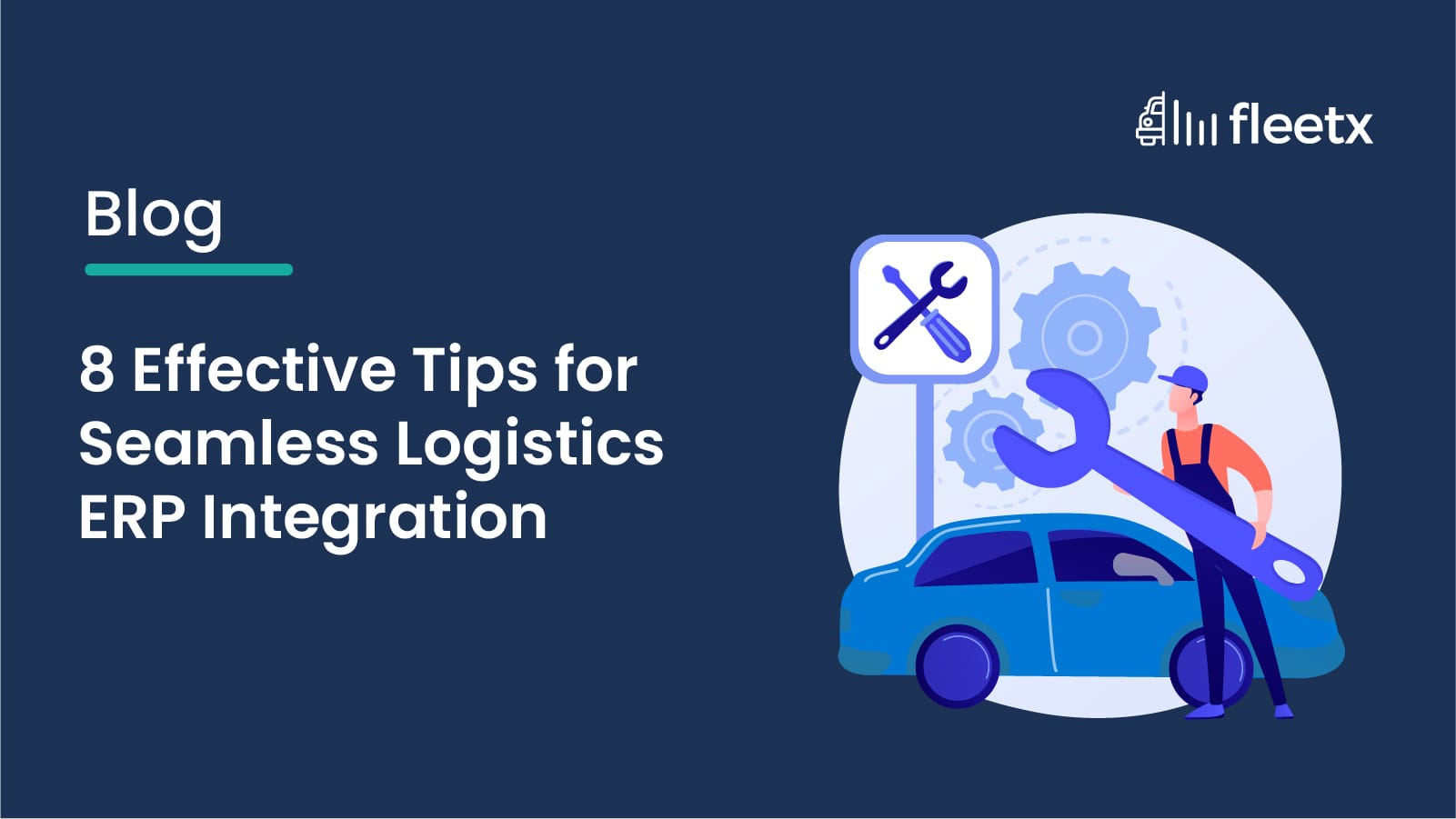
For India’s trucking industry, efficiency is no longer about putting more trucks on the road—it’s about putting intelligence into every trip. Logistics ERP (Enterprise Resource Planning) platforms are transforming the way fleet operators, 3PLs, and shippers run their operations. Instead of juggling dozens of tools for billing, fleet tracking, driver management, and compliance, companies are moving toward a single ERP-driven ecosystem. And yet, integration—making ERP work seamlessly with existing systems—is where most players stumble.
Fleetx, with its AI-powered logistics ERP designed specifically for Indian trucking operations, solves this critical challenge by offering structured, data-driven integration processes. The payoff, however, is massive: real-time visibility, cost reduction, and future-ready digital infrastructure.
Indian Market Overview of ERP Software Integration
India’s logistics market is worth over $140 billion, with trucking accounting for nearly 70% of freight movement. Yet, most operators still function with a patchwork of outdated tools, Excel sheets, or vendor-specific apps. ERP integration demand has spiked in recent years due to:
- GST-driven compliance needs require centralized billing and invoicing.
- Rising fuel costs force businesses to adopt fleet performance monitoring.
- Digital push under Gati Shakti and National Logistics Policy (NLP) that emphasizes interoperability.
- Increased competition where on-time delivery is the decisive factor.
Top Transport ERP Integration Challenges
ERP integration is messy in trucking due to:
- Legacy Systems: Many fleet operators still run decades-old tools not built for APIs.
- Data Silos: Mismatched data formats across GPS vendors, billing tools, and warehouse records.
- Change Resistance: Drivers, dispatchers, and accountants resist switching from manual or familiar processes.
- High Costs: Traditional ERP implementations can run into crores, causing problems for mid-sized operators.
- Scalability Gaps: Integrations often fail when fleet size or routes expand.
Fleetx has been addressing these challenges with modular integration, affordable SaaS pricing, and localized onboarding tailored to Indian operators, with an aggregate industry experience of more than 8 years now.
Why is ERP Integration Important for Logistics Service Providers?
ERP integration is not about IT—it's about ease of business. For logistics businesses, especially fleet-heavy operators, integration delivers:
- Single Source of Truth: Consolidating trip, fleet, and billing data in one system.
- Compliance at Scale: Automatically syncing with GST portals, e-way bills, and government-mandated systems.
- Cost Optimization: Linking fuel sensors, GPS, and ERP to detect pilferage or misuse instantly.
- Customer Trust: Offering transparent dashboards that show consignment visibility in real time.
Fleetx highlights this significance by offering ready-to-use modules for fleet, trip, and billing—making integration a practical step.
Benefits of the Common Systems Integration With ERP for Businesses
Indian logistics players rarely start from scratch. They already use multiple solutions that need to talk to the ERP. Key integrations include:
Integrating eCommerce & ERP
Customer data or any other external data originates at the eCommerce portal where the intended customers interact with the business. Datasets of customer leads, details, transaction history, and shipping stats originate at this point. An integrated ERP and eCommerce store provides centralized data to all company members whenever needed.
Benefits:
- Front-end data availability across departments
- Auto-updated inventory data both in the front end (eCommerce) and back end (ERP)
- Customer-specific and real-time dynamic pricing potential
- Beneficial during contingencies, such as the immediate requirement of an out-of-stock product
Integrating CRM & ERP
A CRM data hub consolidates all customer-related information, including transactions, orders, communications, and more. A well-defined communication channel between the ERP software and the CRM application creates a synergy between demand (CRM) and supply (ERP).
Benefits:
- Better team collaboration for customer requirement fulfillment
- Sales funnel optimization
- Effective customer service and customer satisfaction
- Uniform flow of customer information across departments
Integrating Project Management & ERP
Project management platforms provide all relevant information about the projects being managed simultaneously by any organization - who’s handling which tasks, deadlines, and other related activities.
Benefits:
- The department leads know the status of scheduled employee tasks
- Easy to design a work schedule for several teams by assessing the workflow of multiple teams in a centralized manner
- Employees of all hierarchies can prioritize their tasks according to the deadlines
Integrating Business Intelligence (BI) & ERP
BI systems offer valuable insights that enable stakeholders to decide on new product introduction, business expansion, new market exploration, targets, and forecasts for the next financial year, and many more.
Benefits:
- Employees aided by the power of data and insights
- A comprehensive organization-level collaboration can be achieved to create a breakthrough
- Forecasting accuracy and enhanced decision-making
- Higher levels of transparency and participative roles in decision-making lead to elevated employee satisfaction
Integrating EDI & ERP
EDI facilitates data transfers in a prescribed format across the wide stakeholder network. Offline points (eCommerce, ERP, or PDT devices) hold such data, and since ERP is the primary source of all datasets, the EDI application has to be integrated with the ERP.
Benefits:
- Coherent order management with seamless data transfer among business partners
- Ensuring accuracy and building reliability in the communicated data w.r.t inventory, orders, shipping invoices, and more
Popular ERP Integration Techniques
Different businesses follow different paths when integrating ERP. The most common methods include:
- Point-to-Point Integration: Direct connection between two systems. Quick but difficult to scale.
- Middleware Integration: Using middleware (like MuleSoft, Dell Boomi) to connect multiple systems through a hub. Flexible, but adds cost.
- API-Led Integration: A lightweight, modern approach that enables modular connections. Fleetx favors this approach to connect trucking systems with minimal disruption.
- Custom Integration: Tailored coding for specific workflows. Useful for unique case scenarios.
8 Best Practices for a Successful Transport ERP Integration
Here’s the cheat sheet for Indian trucking companies planning ERP integration:
- Define Integration Goals Clearly: Whether it’s cost saving, compliance, or customer transparency, set measurable objectives.
- Audit Existing Systems: Know what’s already running—fleet tracking, billing software, IoT sensors—before starting integration.
- Standardize Data Formats: Eliminate unsuitable data by cleansing and unifying it.
- Start Small, Scale Gradually: Begin with fleet and billing integration before adding warehouse or advanced IoT.
- Choose API-First Platforms: ERP systems, like that from Fleetx, enable flexible, future-proof connections.
- Involve End Users Early: Get dispatchers, accountants, and drivers on board to ensure adoption.
- Run Pilot Tests: Test integrations with limited trucks before full-scale rollout.
- Prioritize Security and Compliance: Protect sensitive trip, billing, and customer data while adhering to Indian regulations.
Steps Followed by Fleetx for a Successful Integration
Fleetx doesn’t just dump an ERP tool and leave—it follows a proven integration methodology:
- Business Process Mapping: Understanding current workflows of fleet operators.
- Customized API Mapping: Aligning existing systems like GPS trackers, fuel cards, or accounting tools with ERP.
- Modular Onboarding: Rolling out ERP in phases—fleet first, then trips, then billing.
- Data Migration Support: Ensuring historical trip and billing data is transferred without loss.
- Training and Adoption Programs: Helping drivers, dispatchers, and managers use the platform effectively.
- Continuous Optimization: Offering real-time support and upgrades as fleet size or business needs grow.
Driving Indian Trucking Into the ERP Future
ERP integration is the backbone of future-ready logistics. For India’s trucking sector, seamless ERP adoption is the only way to balance compliance pressures, competitive margins, and rising customer expectations.
Fleetx stands out by making integration not just possible, but practical—through modular design, open APIs, and trucking-focused features. For operators aiming to survive and scale in India’s widespread logistics ecosystem, ERP integration isn’t optional. It’s the driver’s seat of efficiency.
Why is ERP integration important for India’s trucking and logistics sector?
Because it centralizes operations - fleet tracking, billing, compliance, and customer data - into one ecosystem, eliminating silos, ensuring real-time visibility, cutting costs, and helping operators stay competitive in a GST and NLP-driven logistics environment.
What challenges do logistics companies face when integrating ERP systems?
Legacy tools not built for APIs, mismatched data formats, high upfront costs, user resistance to change, and scalability issues as fleet sizes or routes expand.
How does Fleetx simplify ERP integration for fleet operators?
Fleetx uses modular onboarding, API-first architecture, SaaS pricing, and localized support. It maps existing workflows, aligns GPS/fuel/accounting tools with ERP, and ensures smooth adoption through training and real-time optimization.
What best practices should logistics companies follow for successful ERP integration?
Define clear goals (cost savings, compliance, transparency), audit existing systems, standardize data, start small and scale gradually, involve end users early, run pilot tests, and prioritize data security and compliance.

